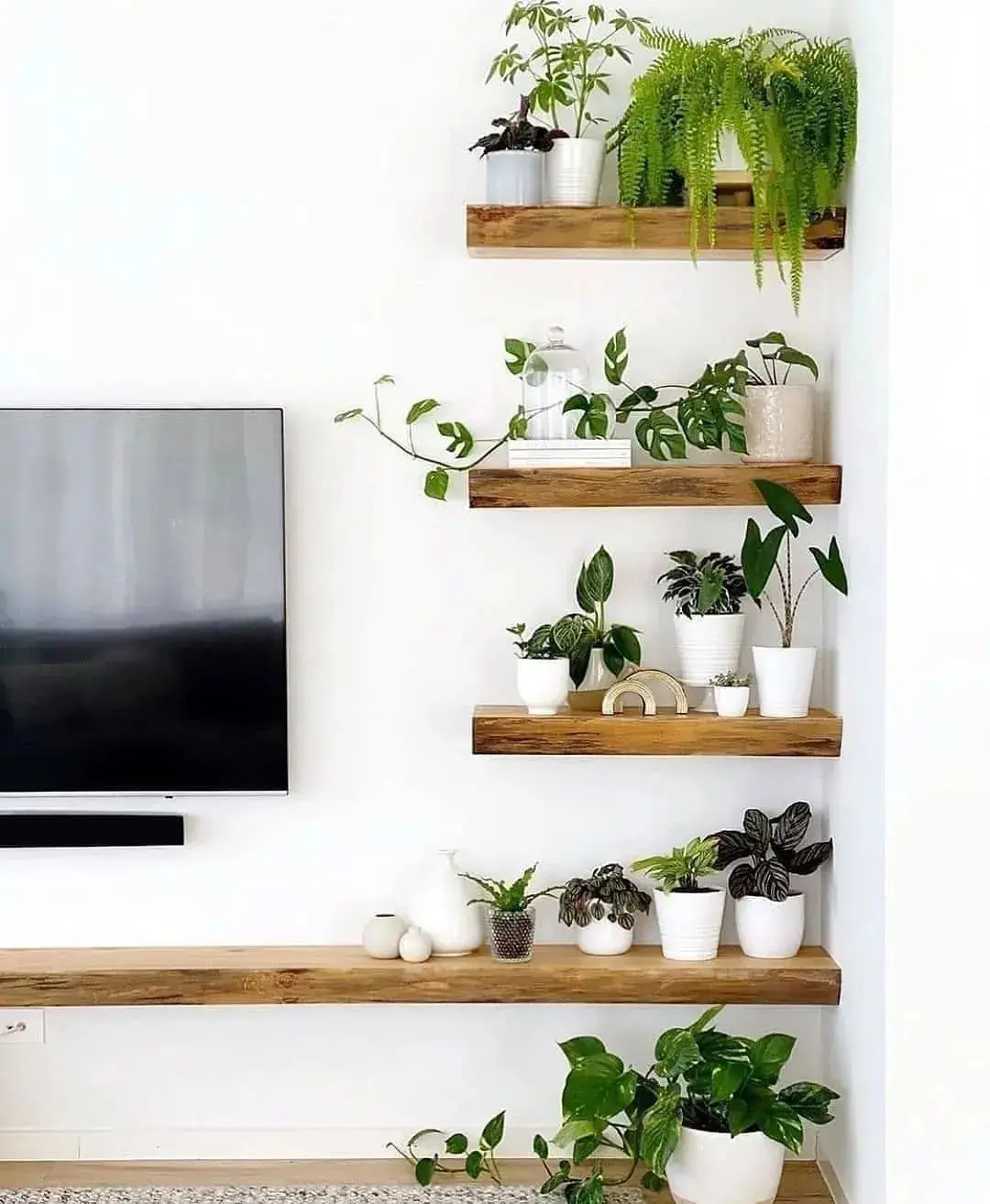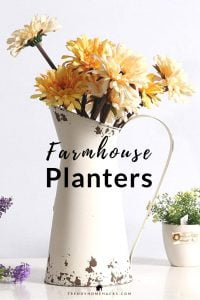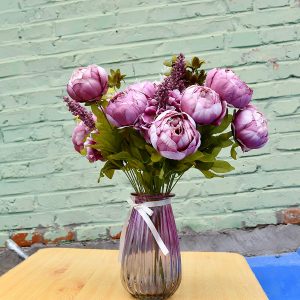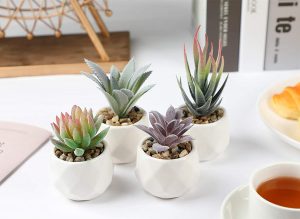How to Avoid Common Mistakes When Decorating with Plants
Let’s dive in!
Maximizing Your Space for Plant Health
The Importance of Light for Indoor Plants
One of the first steps in successful plant decor is understanding the light available in your home. Plants have diverse needs ranging from low to high light exposure.
How does the natural light play through your windows?
Identifying these patterns will help you choose plants that not only survive but thrive.
Humidity and Temperature: Creating the Perfect Environment
The climate within your home—marked by its humidity levels and temperature ranges—plays a crucial role in selecting the right plants. Tropical plants may require more humid environments, while succulents thrive in dryer conditions. Are certain areas of your home cooler or warmer? Recognizing these microclimates is essential for plant placement and health.
Selecting the Ideal Plants for Your Home
Understanding Plant Growth and Size
When selecting plants, it’s crucial to consider their growth patterns and eventual sizes.
A small sapling might look perfect on your coffee table now, but what about when it grows larger?
Planning for a plant’s future size ensures it won’t outgrow its space, potentially becoming an obstruction or losing its aesthetic appeal.
Easy Maintenance Plants for Busy Lifestyles
Matching a plant’s care requirements with your lifestyle can mean the difference between a thriving green space and a wilted disappointment.
Are you able to dedicate time to regular watering, or should you opt for more low-maintenance varieties?
Understanding your own capacity for care is as important as understanding the needs of your plants.
Aesthetic vs. Health: Striking the Perfect Balance in Plant Decorating
Ensuring Plant Health in Your Decor Choices
One of the keys to successful plant decor lies in balancing your aesthetic vision with the health needs of your plants. It’s tempting to place a beautiful fern in a dark bathroom because it looks good, but if the fern requires bright, indirect light, it won’t last long. The trick is finding a middle ground where your plants can both complement your decor and thrive.
How can you adjust your space to accommodate both needs?
Sometimes, it’s as simple as choosing a different variety that loves the shade or using grow lights to supplement natural light.
Remember, the health of your plants directly impacts their appearance and, by extension, the overall look of your home.
Creative Potting: Merging Style with Functionality
Choosing the right pot is about more than just matching your decor.
Yes, a hand-painted ceramic pot might be the perfect color for your living room, but does it have proper drainage?
Plants need the right conditions to avoid issues like root rot, and that often starts with their pots. Consider pots with drainage holes and trays as a functional base, then place these inside more decorative pots. This way, you get the best of both worlds: your plants stay healthy, and your decor remains on point.
Harmonizing Your Interior Design with Plant Elements
Integrating plant decor into your existing interior design requires a thoughtful approach. Start by considering your home’s color scheme, textures, and overall style.
Are there specific plants or planters that complement these elements?
For instance, a sleek, modern home might benefit from the structured lines of snake plants in minimalist pots, while a bohemian-style space could come alive with the addition of hanging macramé plant holders and lush ferns. The goal is to make your plants look like an integral part of your decor, not an afterthought.
Top Mistakes to Avoid with Indoor Plant Decor
Overcrowding Your Space with Plants
While it’s tempting to fill every corner of your home with greenery, overcrowding can lead to several problems. Not only does it make your space feel cluttered, but it can also hinder plant growth. Plants need room to breathe and receive adequate light. Overcrowding can block light sources and restrict airflow, leading to a decline in health.
Ignoring Plant Lighting Requirements
One of the most common mistakes in plant decor is neglecting the specific lighting needs of each plant. It’s easy to fall in love with a plant at the store without considering whether your home can provide the light it needs. Placing a sun-loving plant in a dimly lit room—or vice versa—can lead to poor growth or even death.
Have you assessed the natural light in your home and matched plants to those conditions?
Doing so is crucial for their survival and your decor’s success.
Neglecting Plant Health for Aesthetics
Sometimes, in the pursuit of the perfect look, plant health may be overlooked. This mistake can manifest in several ways, such as choosing the wrong soil type, over or under-watering, and using pots without proper drainage. Each of these errors can compromise plant health, leading to lackluster growth or disease.
Are you prioritizing the aesthetic appeal of your plants over their well-being?
Remember, healthy plants are the most beautiful, so care requirements should always come first.
Long-term Care Strategies for Indoor Plants
Establishing a Care Routine for Plant Vitality
To ensure your plant decor remains vibrant and healthy, establishing a routine for care and maintenance is essential. This routine includes regular watering, feeding, pruning, and cleaning of leaves. However, it’s crucial to remember that each plant has unique needs.
How often have you found yourself either overwatering out of concern or neglecting plants due to a busy schedule?
The solution lies in creating a care schedule tailored to the specific needs of your plants.
Consider setting reminders for watering, fertilizing, and other care activities.
Additionally, take this time to inspect your plants for signs of distress, such as discolored leaves or stunted growth, which can indicate underlying issues requiring attention.
Seasonal Adjustments for Plant Decor
With each changing season, your plants’ needs shift as well. Light conditions, temperature, and humidity levels can vary significantly throughout the year, impacting your plant’s health and growth. For example, during the winter months, when indoor heating can dry out the air, many plants benefit from increased humidity.
Have you considered moving plants closer to light sources or adjusting their watering schedule as seasons change?
Making these adjustments can help your plants adapt to seasonal changes, ensuring they remain healthy and continue to enhance your decor.
Dealing with Common Plant Pests and Diseases
No matter how careful you are, pests and diseases can sometimes infiltrate your plant decor, threatening the health of your greenery. The key to managing these issues is early detection and treatment. Regularly inspect your plants for signs of pests, such as sticky residue or visible insects, and symptoms of disease, like spots on leaves or rotting stems.
Are you prepared to tackle these issues if they arise?
There are many environmentally friendly options for pest control and disease treatment, including neem oil and insecticidal soaps, that can help you manage these problems without resorting to harsh chemicals.
Conclusion
Embarking on the journey of decorating with plants transforms a living space into a vibrant, breathing environment. It connects us to nature, enhances our decor, and can improve our well-being.
However, this journey comes with its challenges. Understanding the common pitfalls and learning how to navigate them is crucial for both novice and experienced plant enthusiasts.
By knowing your space, choosing the right plants, balancing aesthetics with plant health, and committing to ongoing care and maintenance, you can avoid the common mistakes that many encounter in plant decor.
Happy decorating!
Frequently Asked Questions
1. Can I use artificial light for my indoor plants?
Yes, artificial grow lights can be a great supplement for plants not receiving enough natural sunlight. They’re especially useful during the shorter days of winter or in rooms with limited light exposure.
2. How often should I repot my plants?
Generally, plants need to be repotted every 1-2 years, but this can vary based on the plant’s growth rate and size. Signs that your plant needs repotting include roots growing through the drainage holes, water sitting on the surface, or the plant becoming top-heavy.
3. Are there plants that require minimal care for beginners?
Absolutely! Many plants are well-suited for beginners due to their low maintenance needs. Snake plants, pothos, and ZZ plants are excellent choices for those new to plant decor. They are forgiving and require minimal care, making them perfect for busy individuals or those still learning about plant care.
4. How can I increase humidity for my plants?
Increasing humidity can be achieved through several methods: grouping plants together, using a humidifier, placing water trays near your plants, or regularly misting them. Each of these methods can help create a more favorable environment for tropical plants requiring higher humidity levels.
Pin this post for later!
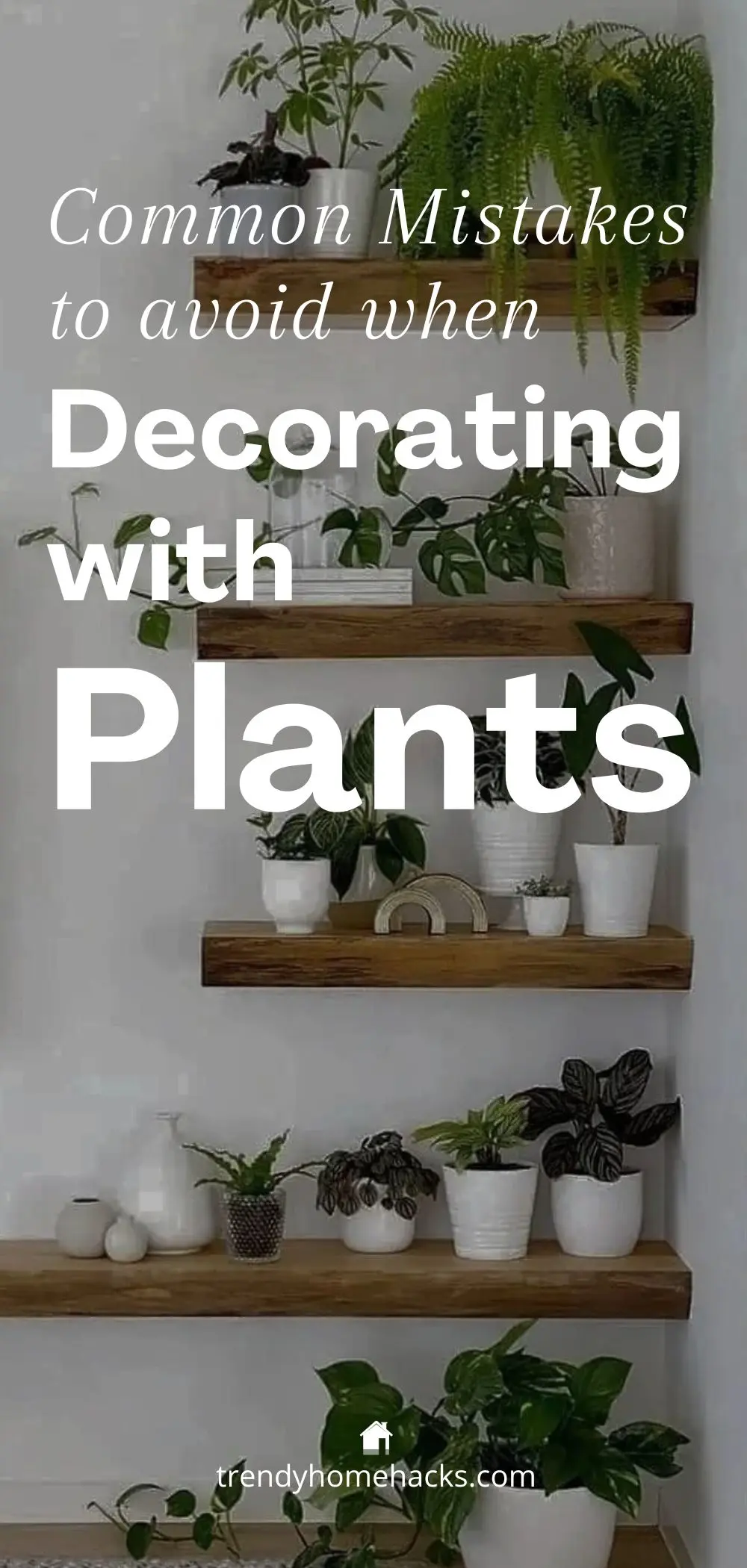
Related Posts:
- How to Avoid Common Mistakes When Decorating on a Budget
- How to Avoid Common Mistakes When Decorating Small Spaces
- How to Avoid Common Mistakes When Decorating Your First Home
- How to Avoid Common Mistakes When Decorating with Color
- How to Avoid Common Mistakes When Decorating a Rental

